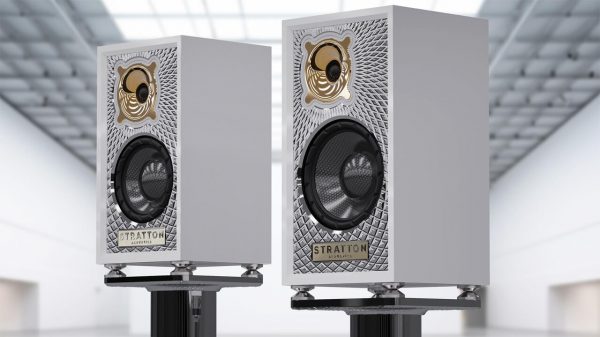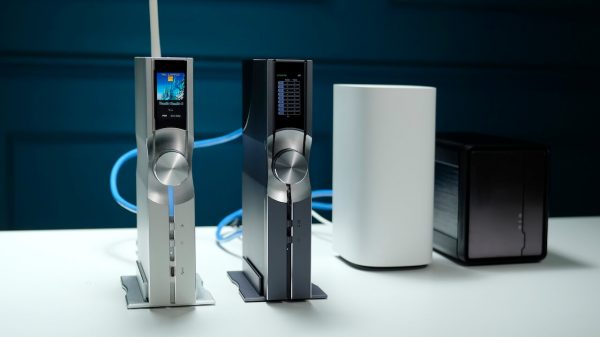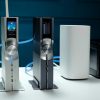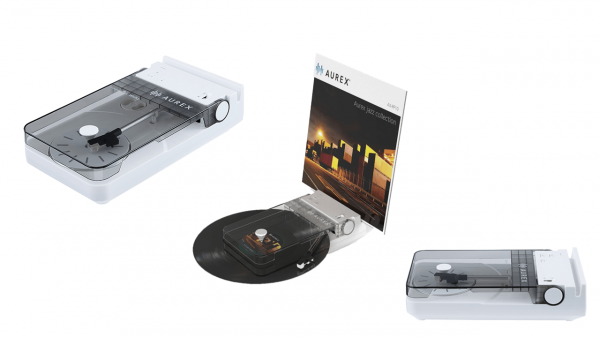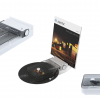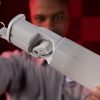Virtualization’s recent explosion coincides with the trend of consolidating systems on fewer, but more powerful, hardware. Consolidation makes cost-effective sense by reducing management overhead and creating more efficient hardware utilization. Virtualization does have a weak link, however, and a defrag of the system may be one of the better ways to avoid problems that will hamper performance and reduce cost-savings.
The purpose of defrag (also known as defragmentation) is to consolidate scattered file fragments into a single contiguous unit, thus increasing access speed. Defrag will also reduce free space fragments (which are usually spread throughout the disk) to a uniform fast-to-write-to larger sections.
The problem with virtualization is that it can cause greater stress on physical resources and hardware resources may become overtaxed. Given that a host system has a limited ability to page memory used by the guest systems, the most recognized bottleneck is physical memory and this will result in performance issues when the disk is re-introduced.
Another major component and perhaps less acknowledged is the disk subsystem. In many cases – depending on the purpose and application of the guest/virtual systems – the disk bottleneck will be the most significant barrier to maximum performance.
CPUs and memory operate orders of magnitude faster than mechanical hard drives. This becomes very obvious when disks are asked to do more as in the case of virtualization, where the hardware has to support numerous operating systems simultaneously. Server virtualization can significantly compound disk fragmentation which in turn slows disk performance even more. Typically fragmentation occurs on logical disk drives and is then translated to the physical sectors on the disk. In the case of virtual systems, the logical volume is masked by the “virtual disks” created by the technology.
These virtual disks reside on logical disks in the form of container files. Those files can fragment just as any other file can, resulting in what amounts to a “logically” fragmented virtual hard disk. And, no matter the architecture, server virtualization establishes a symbiotic relationship between systems in that generating disk I/O in one virtual machine slows I/O to the disk from other virtual systems. As a result, fragmentation is both increasingly substantial in a virtual machine environment and compounds the disk bottleneck more so than on conventional systems.
There are, however, solutions to these problems.
One recommendation is to run an advanced automatic defrag tool on Host and all Guest operating systems — ensuring that the software is disk-resource friendly. (intrusive defrag with manual or basic tools can cause more problems than they solve).
Additionally, incorporate disk subsystem and partitioning strategies to minimize fragmentation of the virtual disks and separate the host operating system onto a separate physical disk (spindle). Also, keep the host paging file on a physical disk (spindle) separate from those of the virtual disks, and create separate logical partitions on the host system for each virtual system.
The future will be virtualization for servers, and handling the weak link through defrag will ensure peak performance of any system.


